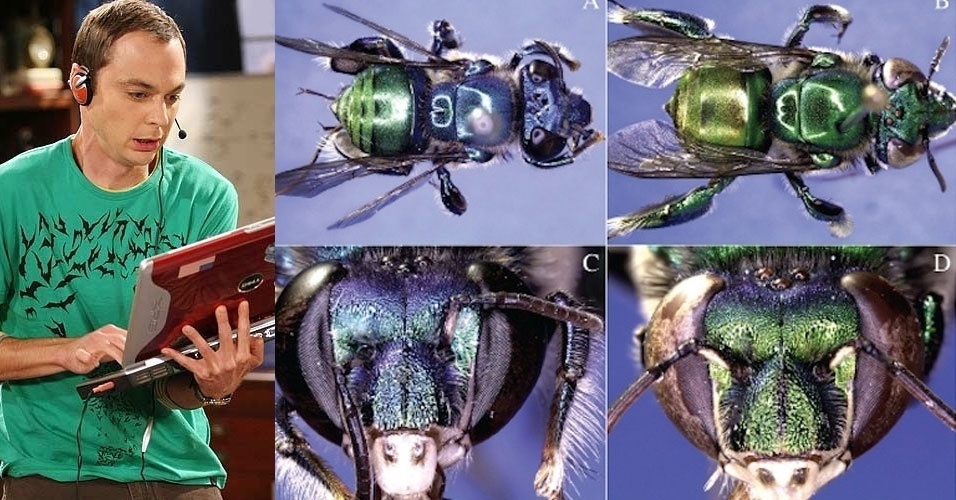Fungo laranja é batizado com nome de família real holandesa
Um tipo de fungo alaranjado, recentemente descoberto, foi batizado com o nome do futuro rei da Holanda, Willem-Alexander, o de sua esposa, a argentina Máxima, e os das três filhas do casal, informaram os cientistas que deram nome à espécie.
O mofo da família das penicilinas "recebeu o nome do Príncipe de Orange, já que a particularidade desta penicilina é sua cor laranja, um fenômeno bastante raro", explicou em um comunicado Pedro Crous, diretor do instituto científico que descobriu o fungo.
Em artigo científico intitulado "Uma homenagem à família real holandesa", os cientistas do departamento central de cultivos fúngicos (CBS-KNAW), vinculado à Academia Real de Artes e Ciências da Holanda, expõem sua descoberta e explicam a razão de terem dado a este mofo o nome da família "vanoranjei", que significa "de Orange", nome dos Orange-Nassau, família real holandesa.
"Nenhum dos nossos cientistas tinha visto isto antes", afirmou Crous, antes de acrescentar que como a apresentação das pesquisas "coincide mais ou menos com a coroação do futuro rei dos Países Baixos, decidimos fazer-lhe uma homenagem respeitosa, dedicando-lhe esta colônia de microorganismos".
Além do fungo Willem-Alexander, outras quatro espécies pertencentes à família das penicilinas "vanoranjei" levarão os nomes de seus familiares: Máxima, Amalia, Alexia e Ariana, a esposa e as três filhas do príncipe.
Após a abdicação de sua mãe, a rainha Beatrix, Willem-Alexander será coroado rei da Holanda em 30 de abril em Amsterdã.
Os cientistas ainda não determinaram se esta nova "família real" de penicilinas poderá servir de antibiótico ou para compor medicamentos, uso habitual reservado às penicilinas.





















ID: {{comments.info.id}}
URL: {{comments.info.url}}
Ocorreu um erro ao carregar os comentários.
Por favor, tente novamente mais tarde.
{{comments.total}} Comentário
{{comments.total}} Comentários
Seja o primeiro a comentar
Essa discussão está encerrada
Não é possivel enviar novos comentários.
Essa área é exclusiva para você, , ler e comentar.
Só s do UOL podem comentar
Ainda não é ? Assine já.
Se você já é do UOL, faça seu .
O autor da mensagem, e não o UOL, é o responsável pelo comentário. Reserve um tempo para ler as Regras de Uso para comentários.